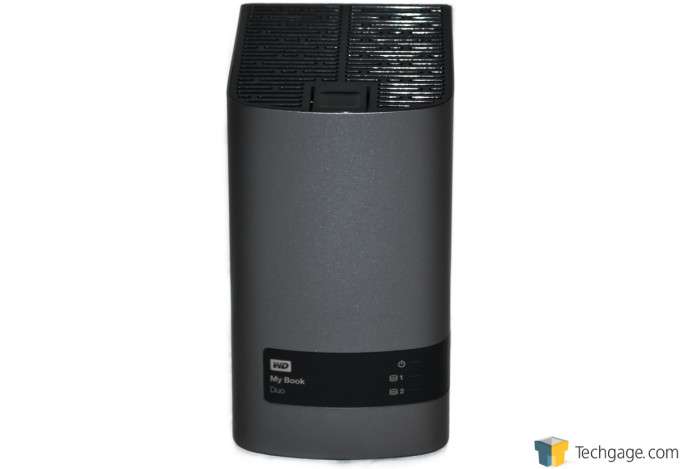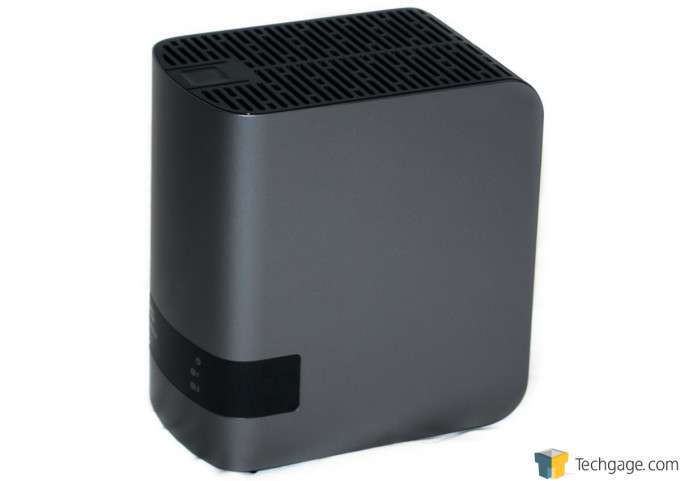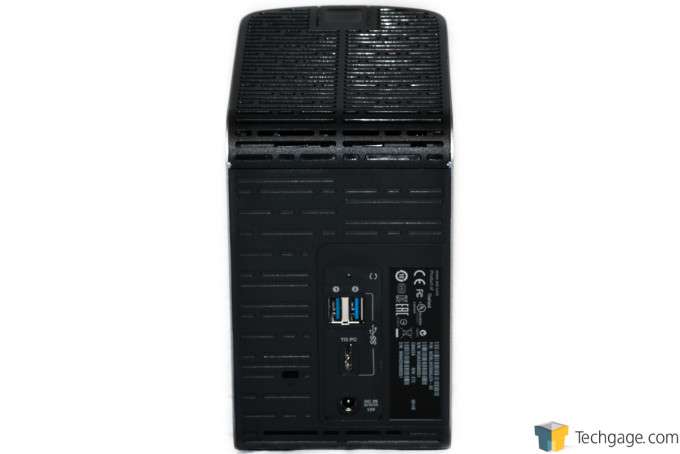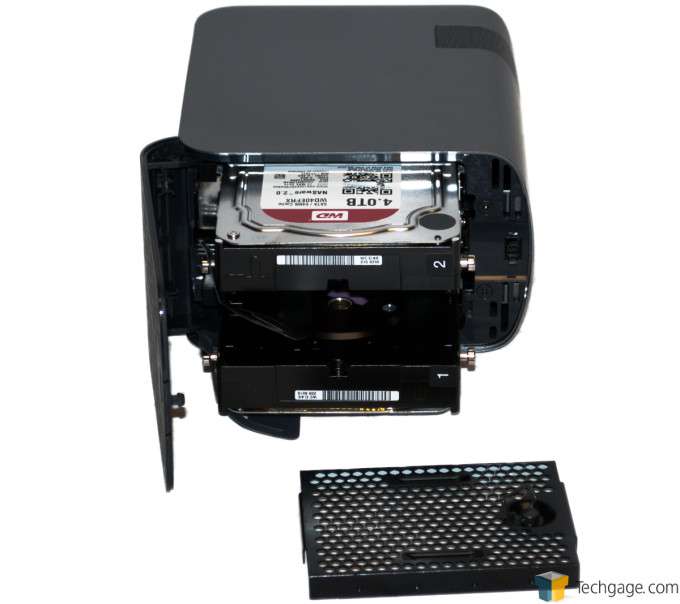- Qualcomm Launches Snapdragon 4 Gen 2 Mobile Platform
- AMD Launches Ryzen PRO 7000 Series Mobile & Desktop Platform
- Intel Launches Sleek Single-Slot Arc Pro A60 Workstation Graphics Card
- NVIDIA Announces Latest Ada Lovelace Additions: GeForce RTX 4060 Ti & RTX 4060
- Maxon Redshift With AMD Radeon GPU Rendering Support Now Available
WD My Book Duo Review – Red HDD Performance & Data Safety Can’t Be Beat
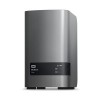
WD – People in the tech community have come to know as being synonymous with quality, value, and reliability. The company has worked hard to maintain this reputation, always producing cutting edge products. WD seeks to continue their quest for dominance in the storage field with its latest offering, the WD My Book Duo.
Page 1 – Introduction
There are a lot of storage options out there today, and when choosing the storage option that best fits your needs, the choices can be quite bewildering. Never before have we seen such a wide variety of options tailored to fit any need, at literally any budget. Choosing the right device to fit your storage needs is something that only you can do; I as your humble reviewer will do my best to guide you through this product and see whether or not this can suit your needs.
In today’s market, NAS (Network Attached Storage) devices are certainly plentiful, and available in almost every possible configuration that you can think of. When exploring your storage needs these days, it would be silly not to at least evaluate the notion of a NAS. That being said, not everyone that has storage needs, with or without redundancy, needs something that can be accessed from anywhere in the world, from any device – much less have the cash laying around for something like that – enter the RAID DAS (Redundant Array of Independent Disks, Desktop Attached Storage).
What is RAID exactly you might ask? Luckily here at Techgage we have already covered this in spades, with as much detail as you can stand – just follow this link (Thanks, Brett Thomas). A good portion of the information in that article won’t be relevant to this item as this drive is only capable of RAID 0 and 1 (striped or mirrored), and of course JBOD (Just a Bunch Of Disks).
What really makes this different from WD’s other My Book offerings is that this unit has two drives inside of it, not just one. All the My Book Duos ship with the units pre-configured for RAID 0. This provides very good performance, thanks to the unit writing to both drives simultaneously. This, however, offers you no redundancy, and therefore no protection from hardware failures; thanks to the WD Smartware software, this can easily be changed if you so desire. You need to keep in mind though, you will lose some speed and only have half the storage if you change to RAID 1– but if you have a drive fail, you simply replace the failed drive and keep on truckin’!
As you can see from our photos, the device is quite simple and elegant looking, the kind of styling we have come to expect from top shelf products from WD lineup. The front is simple, with one cool white LED for power/sleep status, and two more cool white LED’s below that – one for each HDD’s activity.
On the top of the device you find a button that you can press to access the drive cavity. With the door open you can then turn the thumb screw to loosen and remove the drives. This is quite an easy thing to do, but you won’t be doing this very often (if ever).
Over to the back side of the unit you find the standard power input, the data cable port, and a little bonus is the addition of two high-speed USB 3.0 ports which act as a powered hub that you can use to charge your smart phone, printer, etc.
There are no fans whatsoever in this unit. This may worry some people; after all, cool units live longer and work more efficiently. WD has designed this unit to keep these drives cool through convection, naturally drawing in air at the bottom of the unit, and out the top. I checked the drives after a long operation period of serious benchmarking, and they did not feel abnormally hot. I personally like the no fan setup – one less thing making noise in my office! It is worth mentioning that these drives seem to be completely silent while operating. This is not revolutionary or ground-breaking, but rather standard for modern HDDs.
WD ships these units out in the striped configuration, or RAID 0. In a nutshell, this gives you the most bang for your buck, or lowest cost per MB of storage. Not only does it give you value, it does actually improve performance. The way it does this, as mentioned before in the linked RAID article, is the RAID controller splits the data into two chunks and writes each piece to the two drives simultaneously – thus reducing the bottleneck that is the mechanical drives.
You may decide that you do not need the higher performance, and that redundancy against mechanical failure is paramount over other concerns, then you will want to change the unit from RAID 0, or striped, to RAID 1, which is mirrored. With mirrored RAID, you do lose some of the performance that you would have enjoyed in RAID 0, because instead of splitting the data up and writing that data to two drives simultaneously, it is now duplicating the data and writing all of it to two drives at the same time; oh, and instead of enjoying 8TB of storage, you now only have 4 – effectively doubling your cost per MB of storage.
When it comes to determining how much storage you need, this is really only a question that you can answer. I always subscribe to the old adage “more is better.” The only problem with this philosophy is that more also costs more. However, the point of this review is not to determine how much storage you need; it is to determine if this device is right for you, and how you may choose to configure this device. There are other important considerations: if you covet safety from mechanical failures, or if you decide to throw caution to the wind and go for the higher performance and the more bang for your buck on the cost per MB front.
Keep in mind that in this day and age, mechanical hard drive failure is less common than it ever has been. With modernized manufacturing processes, high-detailed quality control departments, and just overall quality of materials used, this is not something that happens as much as it used to. This is especially true of the high quality of the WD Red HDDs that we are looking at here.
Support our efforts! With ad revenue at an all-time low for written websites, we're relying more than ever on reader support to help us continue putting so much effort into this type of content. You can support us by becoming a Patron, or by using our Amazon shopping affiliate links listed through our articles. Thanks for your support!




